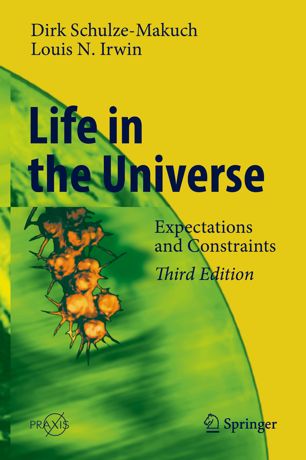

Most ebook files are in PDF format, so you can easily read them using various software such as Foxit Reader or directly on the Google Chrome browser.
Some ebook files are released by publishers in other formats such as .awz, .mobi, .epub, .fb2, etc. You may need to install specific software to read these formats on mobile/PC, such as Calibre.
Please read the tutorial at this link: https://ebookbell.com/faq
We offer FREE conversion to the popular formats you request; however, this may take some time. Therefore, right after payment, please email us, and we will try to provide the service as quickly as possible.
For some exceptional file formats or broken links (if any), please refrain from opening any disputes. Instead, email us first, and we will try to assist within a maximum of 6 hours.
EbookBell Team

4.4
52 reviewsThis class-tested textbook examines the basic elements of living systems: energy, chemistry, solvents, and habitats in crucial depth. These elements define the opportunities and limitations for life on other worlds. The book argues that life forms we would recognize may be more common in our solar system than many assume. It also considers, however, the possibility of exotic forms of life based on backbones other than carbon, liquids other than water, and energy other than light. The authors offer an operational definition of life and summarize prevailing thoughts on plausible pathways for the origin of life on Earth and other worlds. They discuss remarkable adaptations to extreme environments, the nature and detection of geo- and biosignatures, the future and fate of living systems, and suggestions for the optimization of future exploratory space missions.
The entire text has been thoroughly updated in this third edition, with new sections added on exoplanets, synthetic life, the search for extraterrestrial life, and a tour of the bodies in our Solar System for signs of conditions conducive for life. While informed speculation in this emerging field cannot be avoided, the authors have clearly distinguished between what is known as fact and what are reasonable expectations. They present an objective assessment of the plausibility of life on other worlds that is broad and deep enough for the expert and for use as an advanced text in astrobiology, while avoiding scientific jargon as much as possible to make this intrinsically interdisciplinary subject understandable to a broad range of readers.